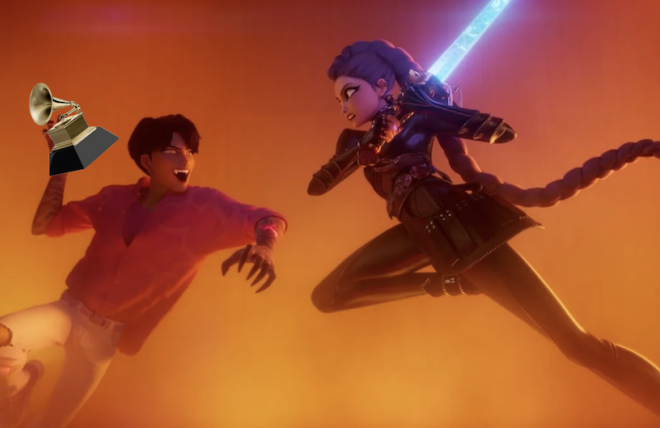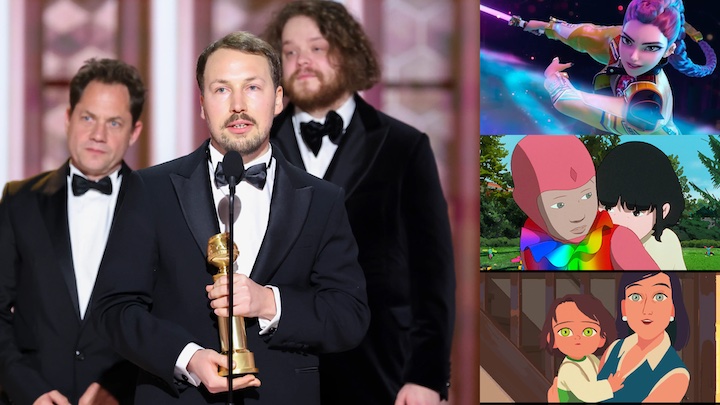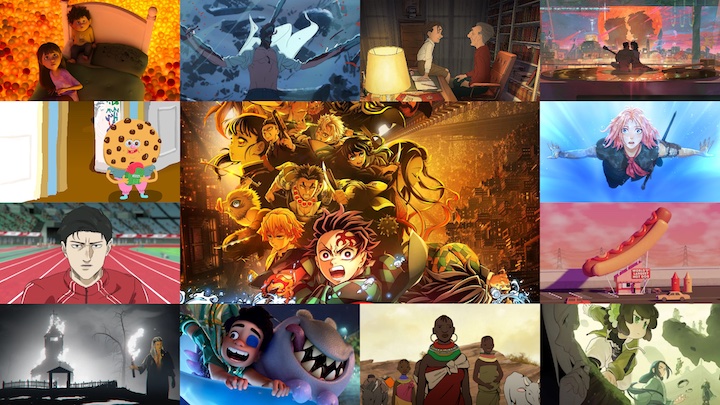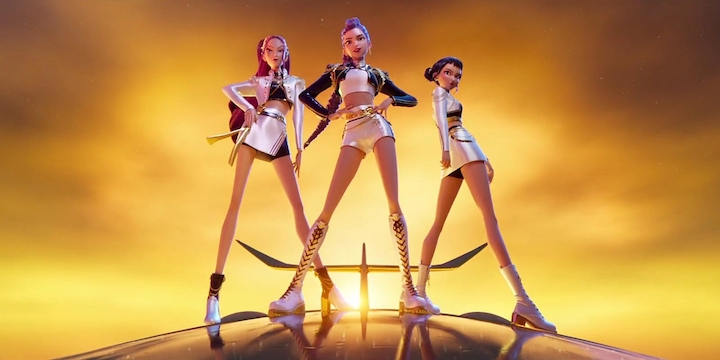A website dedicated to animation, awards, and everything in between.

Credit: A Sparrow's Song (Film Academy Baden-Württemberg)
Tobias Eckerlin has won the gold prize at the Student Academy Awards for A Sparrow’s Song. This CG short is based on the true story of Clare Kipps, a widow who nursed a house sparrow she named Clarence back to health during World War II. Clarence developed into a vocal bird, singing while Clare played her piano. Amid the Blitz, Clare would take Clarence to rest centers, shining a small light in a dark chapter of human history. A Sparrow’s Song was Eckerlin’s graduation film at the Film Academy Baden-Württemberg. By winning a Student Academy Award, A Sparrow’s Song qualifies for Best Animated Short consideration at the 98th Academy Awards. Cartoon Contender spoke to Eckerlin about the story’s inspiration, the film’s craft, and winning the Student Academy Award.
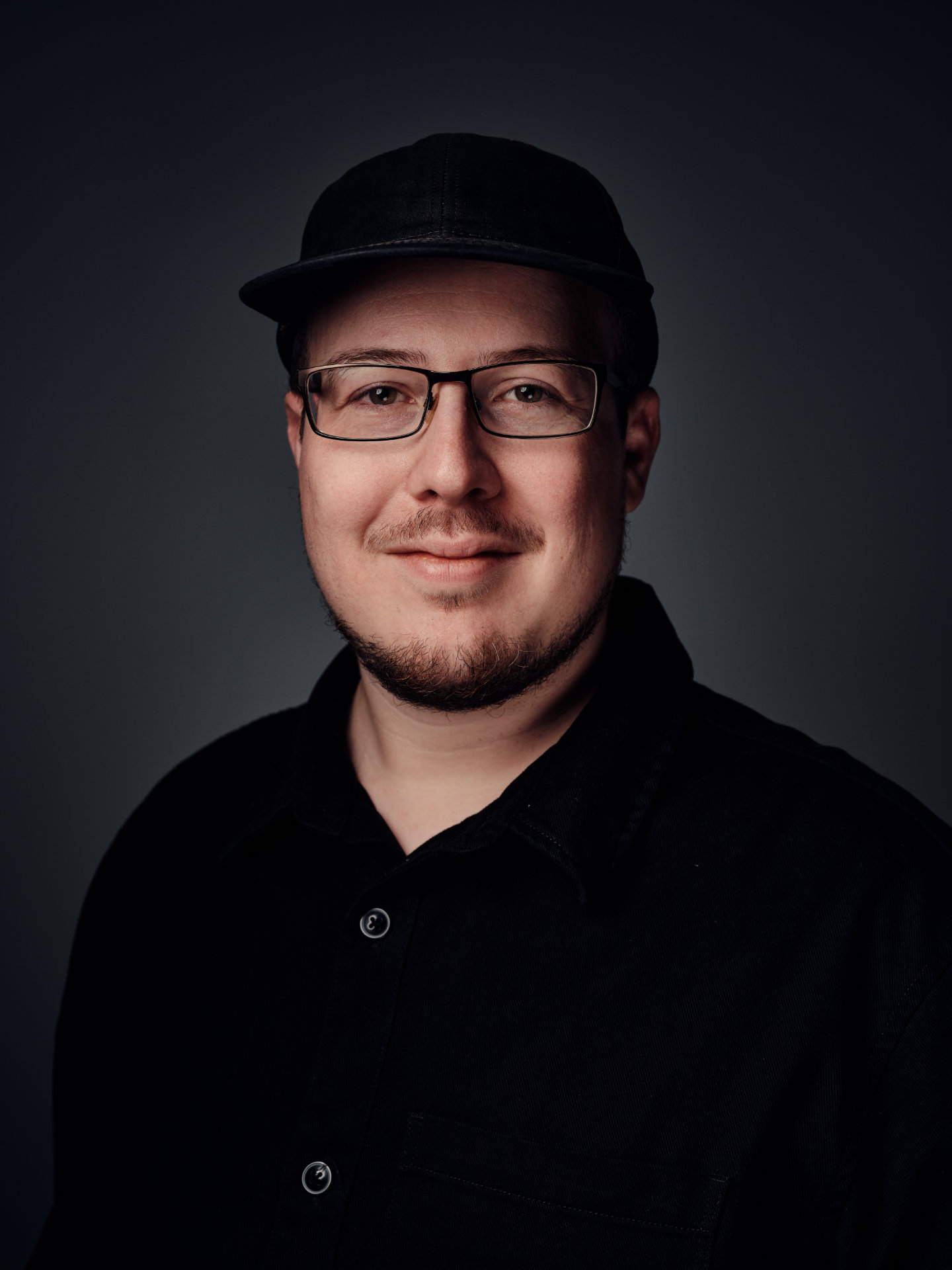
Tobias Eckerlin, director of A Sparrow's Song
Q: A Sparrow’s Song was your graduating film at the Film Academy Baden-Württemberg. What was the biggest challenge in bringing this student film to fruition?
A: The project came with quite a few challenges, not only from a technical perspective but also from a director’s point of view. One of the biggest challenges for me was convincing people that the project was actually achievable, as it was pretty ambitious in scope. Since I was doing the project-based studies at the Filmakademie (a shorter program of 2.5 years, plus one additional year to finish the project, instead of the full 6-year course), I didn’t really have much time to build a network within the school before starting the project. So it took me quite a while to win people over for the project. When it comes to team dynamics, I think student productions are special anyway, at least at Filmakademie. There, directing students initiate a project and pitch it over and over again, trying to put together a team. Nobody has to work on your film, so a lot depends on what you can offer, how much trust you build, and how you treat your team. You also need to be able to motivate others and take responsibility.
So throughout that process, patience and persistence are key. During pitching, but also during the whole production, you really have to believe in the project, the team, and yourself. Another thing I consider extremely important is having a genuine eye for the team: understanding their needs, giving them space to grow in their fields, and staying in constant dialogue. Whenever we weren’t sure how to solve something, we talked about it and found solutions together. That’s how we overcame many challenges, including the initial one of getting people on board. Keep going, believe in the project, embody that belief, and always work together with your team while keeping communication open and letting everyone be part of the process. A motivated team can go a very long way, even when things seem impossible in the beginning.
Q: You studied photography before moving into CG animation. This is evident in the lighting and cinematography in A Sparrow’s Song. How did your background in photography prepare you to make this film?
A: Photography was basically my entry point into this career. Based on my interest in photography and the portfolio I built around it, I started studying communication design, where photography was also a major part of the curriculum. From there, I transitioned into film, then into VFX to overcome the limitations of real life, and finally into animation. Lighting and photography, their rules and how they work, are the common ground that connects all these disciplines. I think animation has a lot to do with observing reality, whether you’re working on something realistic or stylized. Through photography, I learned to observe the world, to look for special moments in small details, and to understand composition. By working with real light, I learned how light behaves, how it interacts with materials, and what defines its quality. That foundation made the transition into the world of moving images feel natural - with all its possibilities for staging, timing, and constructing the frame. I think it’s very beneficial for an understanding of photography.
Q: A Sparrow’s Song was inspired by the true story of Clare Kipps and Clarence. When did you first hear about this story and did you immediately see potential for a short film?
A: The initial spark for the story actually came from an illustration of a dead bird – a print I bought a few years ago that had been hanging above my desk ever since. To me, the image was always calming, poetic, and melancholic, and I wanted to do something with it for quite some time. So I went through my old notes and started researching the symbolism of a dead bird in art history. Through a cross-reference, I stumbled upon the story of Clare Kipps and Clarence. It was just a few lines of text, but I had a strong emotional reaction to it. I couldn’t believe the story was real. I did more research and ordered Clare Kipps’ diary through an antique bookshop in London. When I read it, I was deeply impressed by this woman who, in the middle of a global crisis, devoted so much care to something as small as a sparrow. And how, through that, she found a sense of meaning and hope. I wasn’t immediately set on turning it into a short film, but I knew the story was special. Since I was looking for a story to adapt at the time, it eventually made perfect sense to bring this one to life through animation.
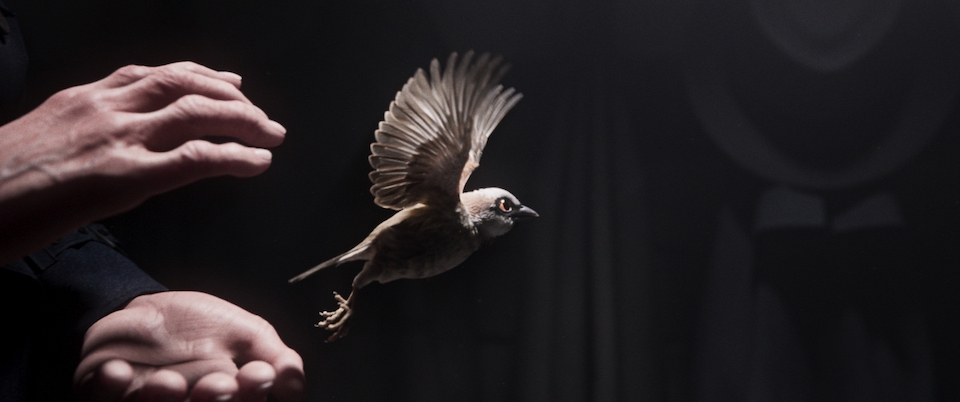
Credit: A Sparrow's Song (Film Academy Baden-Württemberg)
Q: I read in a New York Times article that although Clarence lived another twelve years under Clare’s care, the bird was never able to return to the wild due to the injuries sustained. This differs from the end of A Sparrow’s Song where Clarence flies free. How did you decide upon the right ending for your short?
A: The ending was actually clear to me from the very beginning and stayed the same from the first animatic to the final film. In her diary, Clare writes several times that birds shouldn’t be kept in captivity. That already made it clear to me that the sparrow should be free in the end. It also makes her emotional journey stronger. Even though she’s alone again at the end, she’s changed. It felt right to close the film this way.
Q: What CG programs were used to create A Sparrow’s Song?
A: We used pretty much every tool available. It really depended on the task and what each artist felt most comfortable with. Our main tools were Autodesk Maya, SideFX Houdini with the GodFeather plugin, Foundry Katana and Nuke, together with Arnold Render. We also worked with ZBrush, Substance Painter, Marvelous Designer, and more. Many artists used Blender for asset creation as well. DaVinci Resolve and PureRef were also essential parts of our workflow. For team organization, we relied heavily on ShotGrid/Flow, SyncSketch, and PureRef for detailed briefings and feedback sessions.
Q: Dominique Girod’s music also plays an essential role in the film. Did you work closely with her to find the right sound for the film?
A: Yes, I started working with her very early in the process, as we knew the music would be absolutely crucial to the story. Right after the first animatic draft was finished, she began composing. We talked beforehand about the tone and mood I had in mind, and she shared a few classical music references – our taste in film music aligned quite well. We began with the piece the widow plays when she sings with the sparrow for the first time. We refined the timing of that sequence quite a bit, but the core of it was basically Dominique’s first or second version. That piece became the foundation for the overall score, and we wanted to establish it early since we also needed it for animation. Other parts, like the scene where she opens her hands in the shelter, revealing the sparrow, went through more iterations.
While Dominique wrote and performed the music herself, we later recorded the orchestral parts remotely, everything except the piano. We also spent a lot of time designing the sound of the sparrow, which is integrated into the music. Interestingly, the sparrow’s voice isn’t actually that of a sparrow, since sparrows aren’t true songbirds. To create its sound, we mainly used recordings of a linnet, sometimes mixed with a sparrow, and slightly offset it from the music so it wouldn’t feel too synchronized or artificial.
The sound design, created by Marc Uhlherr, plays an equally important role, and Dominique was involved in that process as well. Conceptually, the sound design represents the war, while the music symbolizes life. So the collaboration between the two was very close in the production.
Q: Vincent Maurer, who has worked on films like Spider-Man: Across the Spider-Verse and In Your Dreams, was the film’s lead technical director. When did he come on board and what expertise did he bring to the equation?
A: Vincent studied Technical Directing at the Animationsinstitut in the same year as I did. During his mobility year, in our program, students are encouraged to spend a year abroad after their second year to gain international experience and prepare for their careers, he interned for over six months at Sony Pictures Imageworks and Industrial Light & Magic, working on the mentioned projects. He joined A Sparrow’s Song a few months after returning from his mobility year, initially helping with some asset photogrammetry and later taking on the role of Technical Director for the project. Vincent is technically very versatile and has a great sense for problem-solving. He’s also good in lighting and brought valuable experience with Foundry’s Katana from his internship at Sony.
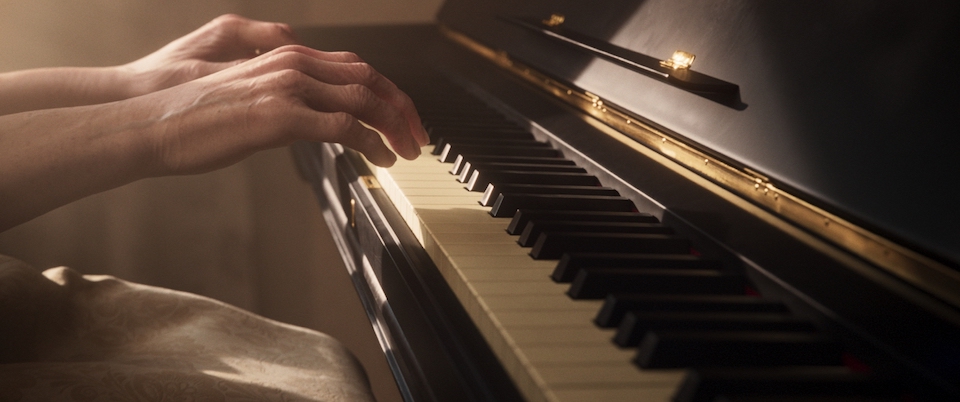
Credit: A Sparrow's Song (Film Academy Baden-Württemberg)
Q: Throughout A Sparrow’s Song, most of the human faces are either hidden under masks or presented from a distance. It really isn’t until the final shot that we get a close-up of Clare. Up until that point, much of the emotion comes through the hands. What inspired this creative decision?
A: The idea to focus on the hands came from the first two images I had in mind for the film: the old hands gently lifting the sparrow off the ground, and the image that later became the poster motif, where she opens her hands and reveals the sparrow in the shelter. While researching, I read that painters often avoided depicting hands in portraits because they were so time-consuming and expensive. I found that interesting, since hands are incredibly expressive and can reveal so much about a person’s emotions and character. They’re fundamental to human communication. From an animation perspective, hands are both complex and fascinating to animate. Based on this decision, it was also fitting that the characters would wear gas masks, fitting the setting of the film and their emotional state. These two ideas complemented each other perfectly, and we decided not to show the faces until the moment the characters have emotionally changed.
Q: Can you take us through the process of qualifying for a Student Academy Award, making the shortlist, and ultimately going on to win the gold?
A: We submitted the film through our festival support, preparing all the necessary materials and formats. We found out that we made the shortlist during our semester closing party. I wasn’t checking my emails that night, but a friend came up to me and asked if I’d seen the announcement. That alone already felt unbelievable. A few weeks later, the Academy scheduled a Zoom call to personally tell us that we were among the winners. At that point, we knew we’d won an award but didn’t know whether it would be bronze, silver, or gold.
In New York, after a few incredible days of events and meetings, the ceremony took place. We actually walked the red carpet, did photos and interviews, and then entered the location for the event. After some opening words from the Academy’s CEO and a look back at previous years, Alex Woo began announcing the Animation category. One by one, the placements were revealed, and when A Sparrow’s Song was announced as the gold winner, it was such a surprise. A truly surreal and unforgettable experience. The best one imaginable.
Q: Also among the finalists for this year’s Student Academy Awards were The 12 Inch Pianist, which won silver, and The Shyness of Trees, which won bronze. Did you have a chance to get to know the filmmakers behind those films?
A: Yes, certainly. We had already met part of the team behind The Shyness of Trees at the BAFTA Student Awards, so it was great to see them again at the Student Academy Awards. We met Lucas, the director of The 12 Inch Pianist, for the first time in New York, and we had a few days there to get to know each other. The Academy organized several great networking opportunities during the week, where all finalists had the chance to connect and exchange ideas. Overall, it was an incredible experience. Great people, great films, and a wonderful atmosphere.

A Sparrow's Song Team
Q: By winning a Student Academy Award, A Sparrow’s Song automatically qualifies for Best Animated Short consideration. What advice would you give to other student filmmakers looking to get their work seen on the festival and awards circuits?
A: That’s probably a question best answered by festival programmers. While I could share my view on the work itself, I think it’s actually good advice to collaborate with someone who already has experience in the festival and awards circuits. Festival distribution is a lot of work, and it really helps to have someone by your side who understands how the process works and which festivals might fit your film. Ideally, your school can offer support in this area, but there are also local organizations that can help. At Filmakademie, for example, we have a dedicated festival office, and we also collaborate with AG Animationsfilm for festival distribution. Having that kind of guidance makes a huge difference.
Be sure to follow Tobias Eckerlin on his website and Instagram.
Nick Spake is the Author of Bright & Shiny: A History of Animation at Award Shows Volumes 1 and 2. Available Now!

